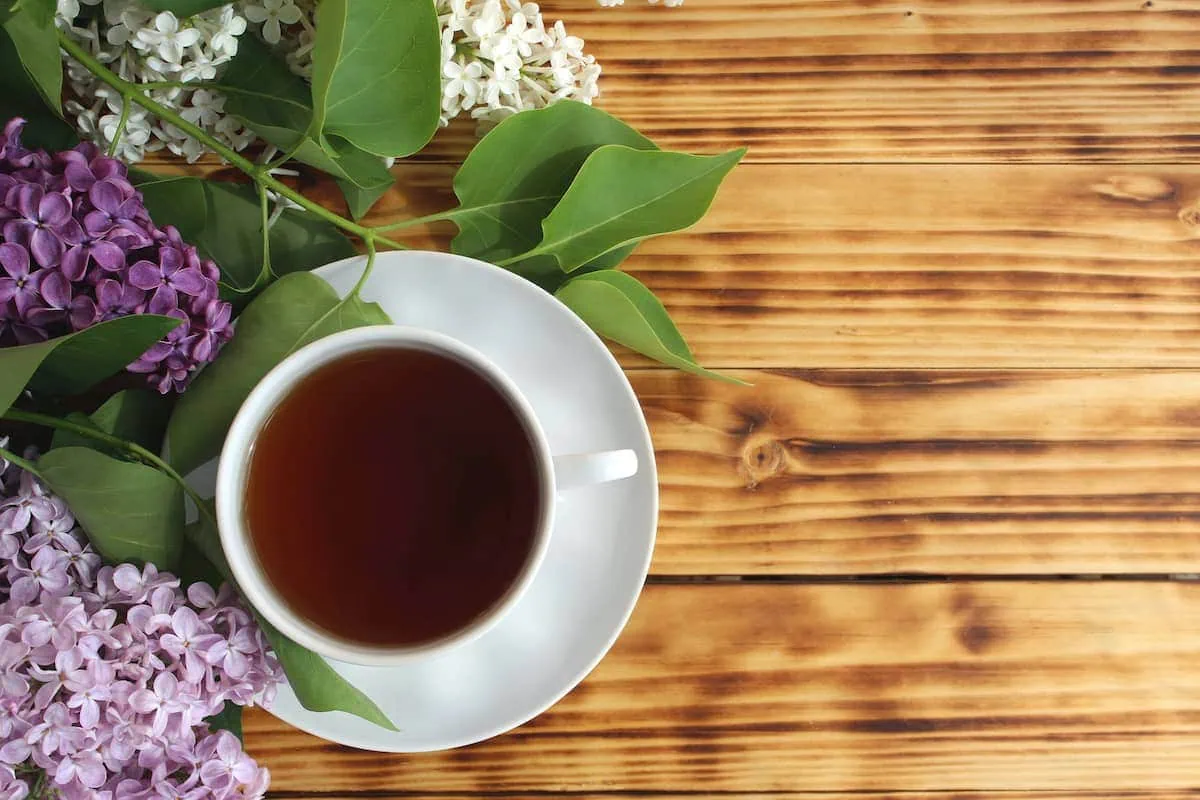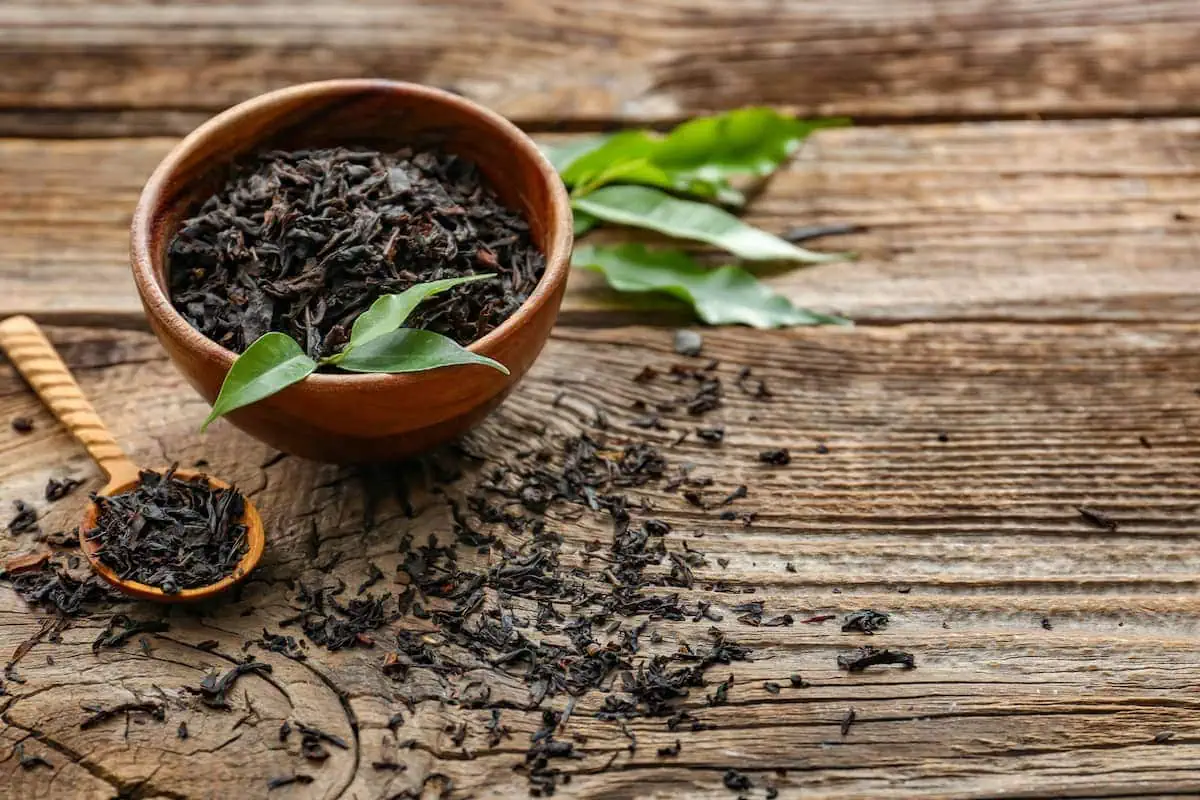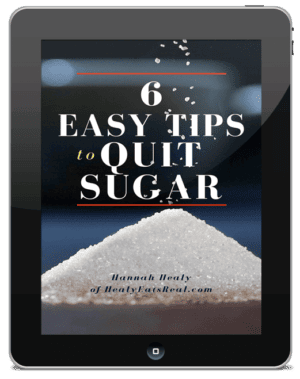English Vs Irish: A Comparison of Breakfast Tea
This post may contain affiliate links. As an Amazon Associate I earn from qualifying purchases. Please read the disclosure policy.
I don’t know about you, but my mornings are never complete without a hot cup of English breakfast tea. I’ve never been one to tolerate coffee very well, and black tea just does the trick for me! It doesn’t matter if it’s paired with a hearty breakfast of eggs and toast or enjoyed on its own, a good cuppa tea can make all the difference.
For me, two standout teas always make my morning better—Irish and English breakfast blends. Both are packed with rich, full-bodied flavors that are perfect for kickstarting the day. So, if you’re among the tea lovers out there and you’re curious about the difference between English breakfast tea vs Irish breakfast tea, look no further. Learn more about what sets these two types of tea apart and what makes a breakfast tea blend special.

What is Breakfast Tea?
In the United States, most people drink coffee in the morning and may only drink herbal tea at night or take specific teas like moringa or essiac tea for specific health benefits. Traditionally, in the United Kingdom and Ireland, most people drink breakfast tea in the morning.
Breakfast tea might sound fancy, but at its core, it’s just black tea. The origin of breakfast tea can be traced to the 1800s when it first emerged as a blend of black teas from Ceylon (now Sri Lanka), India, and Africa.
The Scottish tea master Robert Drysdale is believed to have made the first blend of breakfast tea in 1892. It consisted of a rich blend of Ceylon and Assam tea and was dubbed the “Scottish tea mixture.” This blend was bold and mildly caffeinated, evolving into the breakfast tea we love today.
Breakfast Tea Making Process
Breakfast teas have preserved much of their flavor and content since their inception. The only tangible difference between these teas then and now is that tea makers use a technique called CTC (cut, tear, and curl), which involves the cutting, tearing, and curling of whole leaves into uniform-sized particles. The mainstream name “breakfast tea” probably came from the fact that a full-bodied tea is typically served as an accompaniment to a hearty morning meal like eggs or oats.
Types of Breakfast Tea
The three most popular varieties of breakfast tea are:
- English Breakfast Tea (also called British Breakfast Tea)
- Irish Breakfast Tea
- Scottish Breakfast Tea

What’s the Difference between Irish Breakfast Tea vs English Breakfast Tea?
1. Base
The main keyword in every conversation on the difference between Irish and English breakfast tea blends is, you guessed it, black tea! Black tea blends form the base of both the Irish and English breakfast teas; however, different assortments of these teas are used to achieve distinctive tastes, aromas, and textures.
- English breakfast tea blends were initially made of a single variety of Chinese tea; but over time, tea makers started mixing in strong black teas from Sri Lanka, India, Indonesia, and Kenya. Presently, these full-bodied teas are mostly made with a rich and diverse blend of Assam, Keemun, and Darjeeling or Ceylon tea, the latter being the most potent ingredient.
- Irish breakfast tea, on the other hand, is a variety of breakfast tea that makes use of a strong Assam component in its tea-making process, followed by Ceylon and Kenyan teas. So expect a bold flavor!
2. Taste and Texture
Understanding the taste and texture of Irish and English breakfast teas is more than just a matter of preference—it’s about appreciating the unique qualities of these specific blends and their cultural significance. Each tea offers a distinct full-bodied taste that reflects its history and regional traditions.
- English Breakfast Tea: The taste of English breakfast tea can vary slightly depending on the brand you buy. The standard taste is rich, bittersweet, mildly malt-flavored, or somewhat coffee-like. As for texture, it has this round yet smooth feel in the mouth.
- Irish Breakfast Tea: History has it that these teas were made so strong in terms of flavor profile to better cater to Irish tea drinkers in the 19th century. The Irish culture is known for its love for hearty drinks, and Irish breakfast teas are bold testaments to that fact. The Irish breakfast blend is a strong tea when compared to English blends as a result of its more robust Assam content, which gives it its characteristic reddish hue and super malty flavor. The texture of this blend of teas is also quite thick and fairly smooth. Although the taste of this tea may vary from brand to brand, one thing remains constant about its taste and texture: it’s stronger and thicker than English varieties.
3. Popular Tea Brands
Popular English Breakfast tea brands include:
- PG Tips
- Tetley
- Typhoo
- Twinings
- Clipper
- Pickwick
- Taylors of Harrogate (Yorkshire Gold is my favorite!)
Popular Irish Breakfast tea brands include:
- Barry’s
- Lyon’s
- Bewley’s
- Mc Entee’s
- Twinings
Which has More Caffeine: English Breakfast or Irish Breakfast Tea?
English breakfast tea contains between 30 to 60 milligrams of caffeine, depending on the brand, how long it’s steeped, and the amount of tea. A cup of Irish breakfast tea has slightly more caffeine since it’s stronger. So, Irish breakfast tea typically has higher caffeine levels than its English counterpart, although they are almost comparable.
Both teas are low-gain beverages and are pretty much like water in terms of calories and macronutrients. A single serving size of these teas contains less than 5 calories and no fat, carbohydrates, protein, or sugar.
Antioxidants in Breakfast Tea
Both Irish and English breakfast teas are packed with beneficial antioxidants, including:
- Flavonoids
- Polyphenols
- Potassium
- Magnesium
- Phosphorus
Do You Put Milk In Breakfast Tea?
How you take your tea is all a matter of personal preference. Some people like a bit of sugar with a splash of whole milk, others prefer no sugar and some half and half, while some just drink it black. Another way you can enjoy a cup of tea is with lemon and honey.
English and Irish breakfast tea blends can both be enjoyed with dairy milk. However, Irish breakfast tea is the preferred option by many hot tea drinkers, in this case, because of its considerably strong and robust flavor, which is enhanced and, at the same time, mellowed at the addition of milk.
English breakfast teas are mildly flavored and a tad bit sweet, so they taste great plain, but many also enjoy them with a splash of milk or cream.



